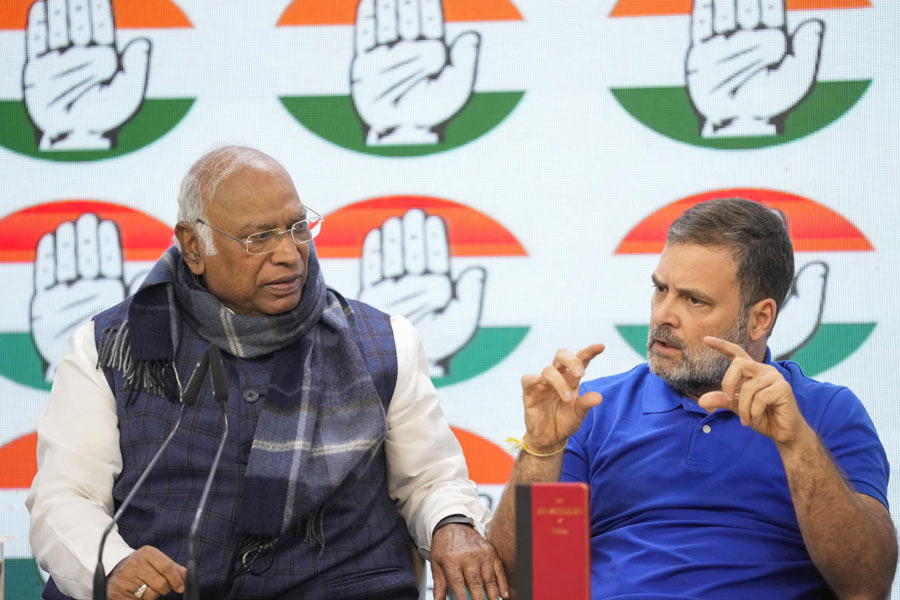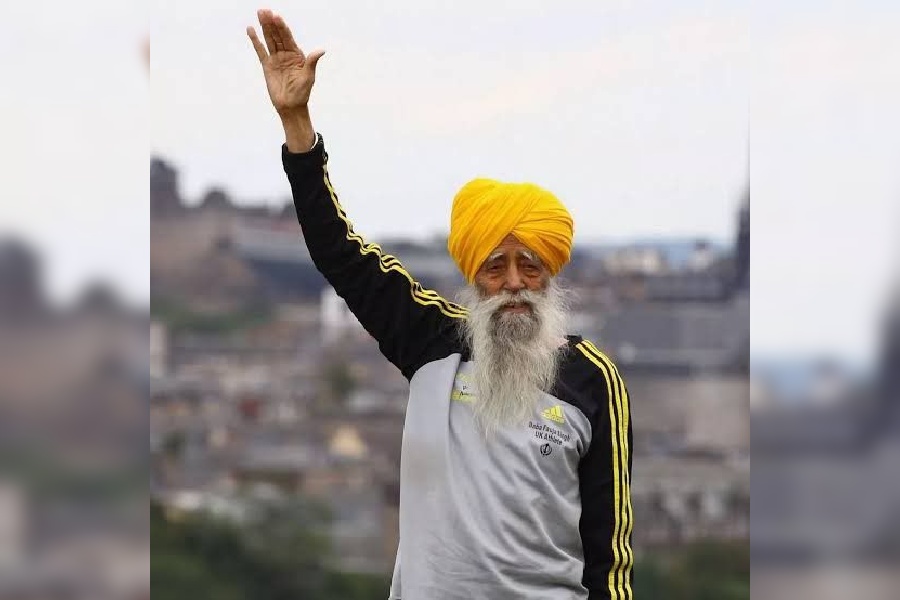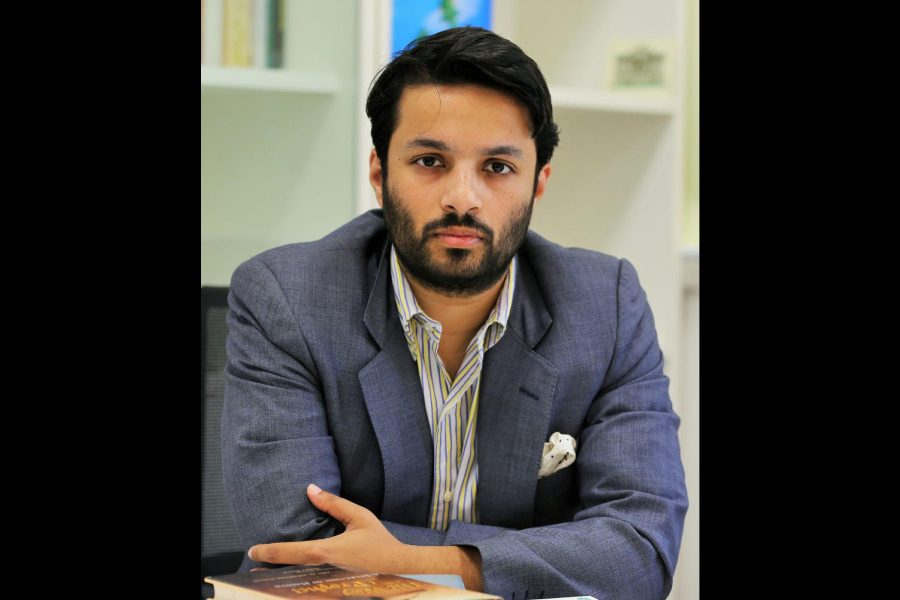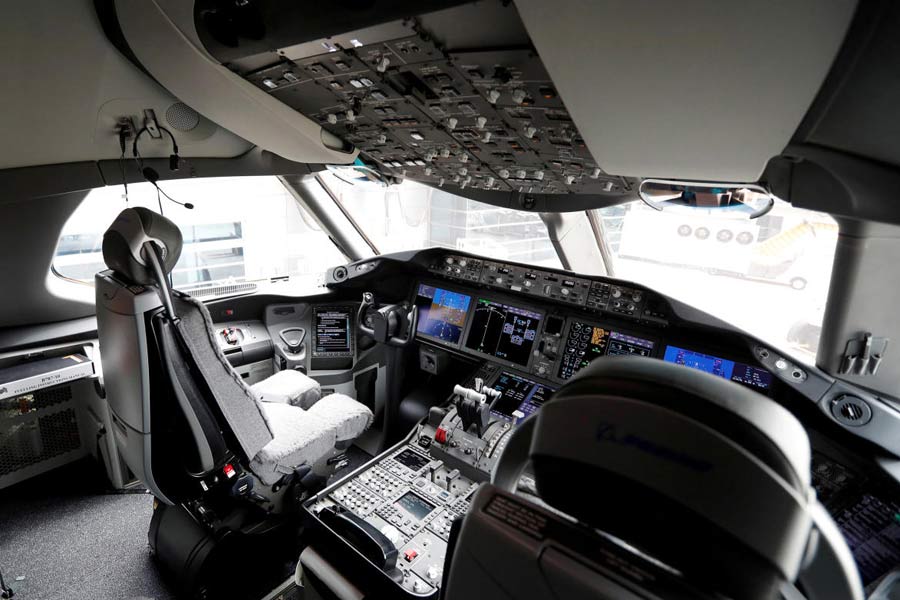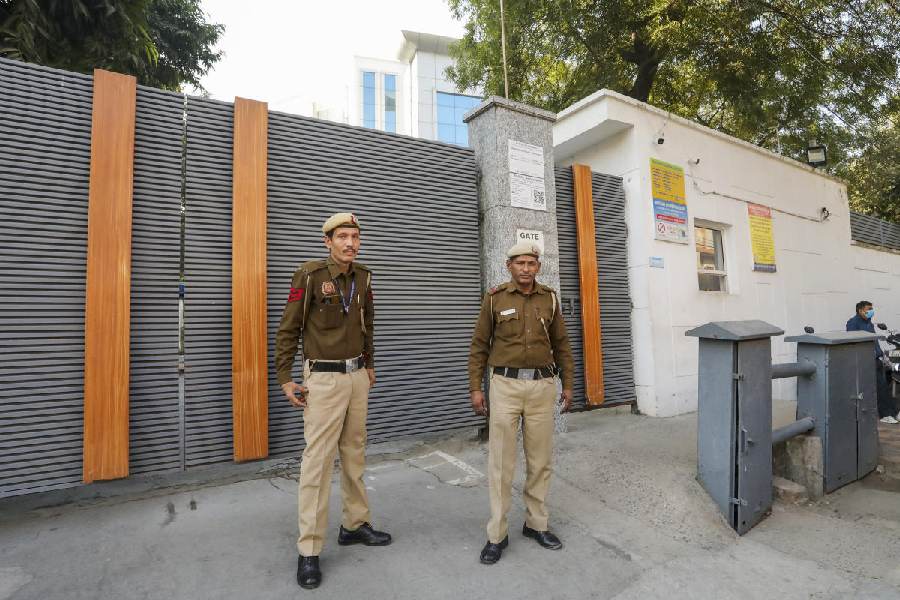 |
| Madame Chiang Kai-shek |
Taipei, Oct. 24 (Reuters): Madame Chiang Kai-shek, once the most powerful woman in China, has died in her sleep aged 106 in her home in New York, finally bringing down the curtain on one of the most turbulent chapters of Chinese history.
Famed as much for her iron will as for her beauty, Madame Chiang lived through a century of turmoil in China and was feared for decades as a formidable force behind her husband, Chinese Nationalist Generalissimo Chiang Kai-shek.
“She was probably the greatest lady in modern Chinese history,” Andrew Hsia, director general of the Taipei Economic and Cultural Office in New York, said on Friday.
“As an old lady of 104 or 105, she was marvellous, very articulate. She recognised people, so I was impressed,” said Hsia, who had met the former first lady twice in recent years.
Hsia said Madame Chiang died last evening. “We were told that she passed away very peacefully while she was resting.”
A devout Christian educated at the elite Wellesley College in Massachusetts, she was born Soong May-ling in southern China and married Chiang Kai-shek in 1927, as he was crushing warlord armies to unify China under Nationalist rule.
She became her husband’s spokeswoman and China’s voice to the outside world, charming America with her impeccable English, spoken with a southern US accent, elegant silk dresses and extravagant jewellery.
During World War II, Madame Chiang brought the US congress to its feet with a passionate appeal for anti-Japanese aid. Her political adeptness as a roving ambassador for the war-ravaged country led the foreign press to dub her “the brains of China”.
She helped to establish the Nationalist air force and reached the pinnacle of her power in the late 1930s and early 1940s, when she influenced policy and strategy as Nationalist forces battled Japanese occupation troops.
In 1949, the Nationalists lost China after a bitter civil war with the communists and fled to Taiwan. Her influence only began to fade with Chiang Kai-shek’s death in 1975. She never bore a child for Chiang and the family dynasty’s grip on Taiwan ended with the death in 1988 of his son from a previous marriage, President Chiang Ching-kuo.
“The Madame fought a beautiful battle and has been received by heaven,” said Chiang Fang Chih-yi, wife of Chiang Kai-shek’s grandson, at an emotional news conference in Taipei.
The weeping Chiang Fang praised the former first lady’s humanitarian work, her founding of relief organisations and schools for orphans, and promotion of women’s rights.
Those who have met her say Madame Chiang’s charisma was matched only by her toughness. At a White House dinner with President Franklin Roosevelt she was asked about a troublesome US union leader and how her government would deal with him. The diminutive Madame Chiang silently drew a delicate finger across her throat.
She stole the limelight from her husband at the World War Two Cairo conference attended by Roosevelt and British Prime Minister Winston Churchill, intervening frequently with: “If you allow me, I shall put before you the generalissimo's true thoughts.”
During her final years in Taiwan, Madame Chiang retained the allegiance of the ageing military men and Nationalist old guard who served her husband.
Taiwan newspapers said she made a last bid to assert her power in 1988 with an unsuccessful, behind-the-scenes attempt to block the nomination of then-president Lee Teng-hui as Nationalist Party chairman.
Democratic reforms that swept Taiwan from the late 1980s onwards erased all but the last vestiges of her influence.
Still officially revered but cut off from real power, Madame Chiang left Taiwan in September 1991 for a“long-term rest” at a family estate in New York. She returned to the island briefly in 1994 when her favourite niece died in Taipei.
Taiwan President Chen Shui-bian said in a statement he was saddened by her death and offered his condolences.
Madame Chiang has shirked the limelight since leaving Taiwan.
Two of her last public statements were a bitter condemnation of Beijing's Tiananmen Square massacre in 1989, when communist troops crushed pro-democracy protests, and a call for foreigners to return Chinese art works looted during World War Two.
”For the past few years, she had been living very quietly in New York,” Hsia said.“She rarely saw people, except for her very close relatives. She had a very quiet, simple life.”
Hsia said her niece and her niece's husband were with Madame Chiang when she died at her apartment in Manhattan, where she had lived with a few nurses and security guards.
The former first lady was the fourth of six children of wealthy businessman Charlie Soong, who befriended Chinese revolutionary Sun Yat-sen.
Sun married one of Madame Chiang's sisters, Soong Ching-ling, who became a vice-president under China's communist government. Another sister, Soong Ai-ling, married Nationalist finance minister H.H. Kung.
A mystery over Madame Chiang's age was never resolved. The Taiwan government says she was born on February 12, 1898. But records at her former college in the United States show she was born on June 5, 1897.





